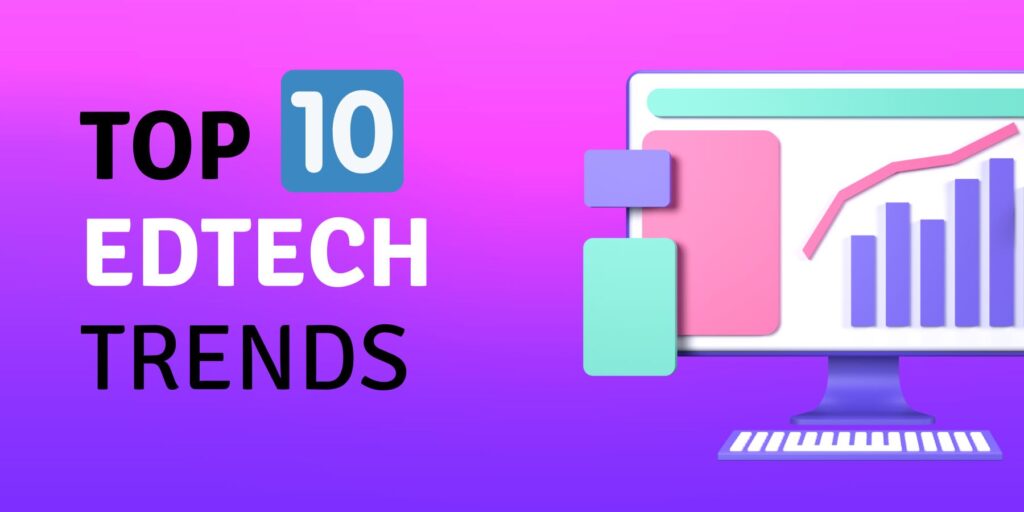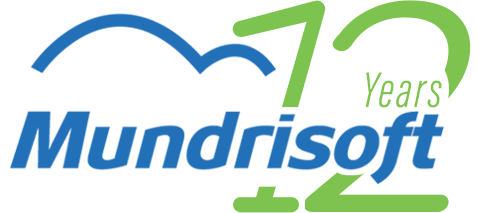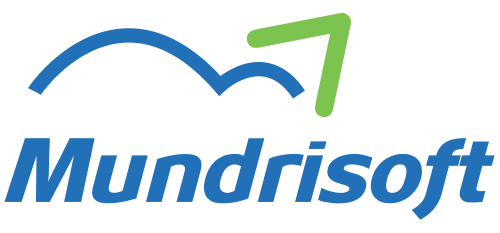
Top Trends that shaped the EdTech Industry in 2022
In 2022, the EdTech industry has seen rapid evolution and growth. This is due to advances in technology, an increased demand for convenient digital learning solutions, and a shift towards personalized learning experiences.
We’ve put together a list of 2022’s most popular EdTech trends. From rise in AR-VR to hybrid learning – here’s everything you need to know.
Here Are 10 EdTech Trends That Shaped 2022:
- Cloud Computing
Cloud computing has revolutionized the way schools and universities store and share data. Cloud services are helping educational institutions securely store large amounts of data that can be accessed by students and faculty from any device.
In addition, cloud-based applications make collaboration easier, allowing teachers to assign tasks and projects through a single platform.
- Artificial Intelligence (AI)
The widespread adoption of artificial intelligence (AI) enabled educational institutions to automate administrative tasks, freeing up valuable time to focus on providing quality instruction.Artificial Intelligence (AI) has been used to develop smart learning platforms that can provide students with personalized, adaptive learning experiences. These platforms are able to recommend content and individualize instruction based on a student’s preferences and needs in order to help them achieve their goals more effectively.
- Virtual reality (VR) and augmented reality (AR)
Virtual reality (VR) and augmented reality (AR) were used to simulate real-world environments, allowing students to explore a variety of topics with unprecedented levels of interactivity. It helped students explore virtual learning environments without leaving the classroom. - Big Data Analytics
Additionally, the use of Big Data analytics made it easier for educators to measure student performance and identify areas in need of improvement.
The integration of these technologies allowed for more efficient and effective teaching and learning, ensuring that education institutions could keep up with the changing needs of their learners.
- Online Learning
The increasing prevalence of online learning brought about by the rapid growth in internet connectivity further disrupted traditional methods of instruction.
Students now have access to a variety of digital course materials that help them pursue educational opportunities from any location.
- Mobile Learning
With the majority of students now having access to smartphones and tablets, mobile learning is becoming increasingly ubiquitous. Mobile apps have helped deliver lessons, quizzes and assessments directly to students’ devices, making learning more accessible than ever before. - Wearable Technology
Wearable technology is becoming increasingly commonplace in classrooms as a way for teachers to monitor student engagement and performance. Through the use of wrist bands or other wearable devices, teachers can track student participation and give feedback to help them improve. - Hybrid Learning
2022 saw the rise of Hybrid Learning a combination of online and in-person instruction that helped deliver a blended learning experience.This trend has become increasingly popular due to the pandemic, as it allows students to learn both virtually and face-to-face.
- Online Collaboration
2022 saw the use of collaborative tools such as video conferencing and cloud-based file sharing becoming a commonplace in classrooms as schools move away from traditional lecture-style set up.
By allowing teachers to communicate with their students and share resources online, these tools made learning more interactive and engaging.
- Gamification
In 2022, gamification was a popular trend in the EdTech industry, with more games being designed specifically for educational purposes.
This trend certainly made learning more engaging, especially for younger learners.
In summary, a range of technology trends in 2022 had a significant influence on the education industry. From cloud computing and AI to VR/AR to Big Data analytics, these technologies allowed educational institutions to become more efficient and effective.
The widespread adoption of online learning opened up new opportunities for students to engage in the curriculum and explore educational topics remotely. Digital classrooms are now commonplace in many schools around the world, providing students with more interactive lessons and access to high-quality educational resources.
As technology continues to evolve, so too will the opportunities that it presents for teachers and learners alike. Stay tuned for more insights and updates.



